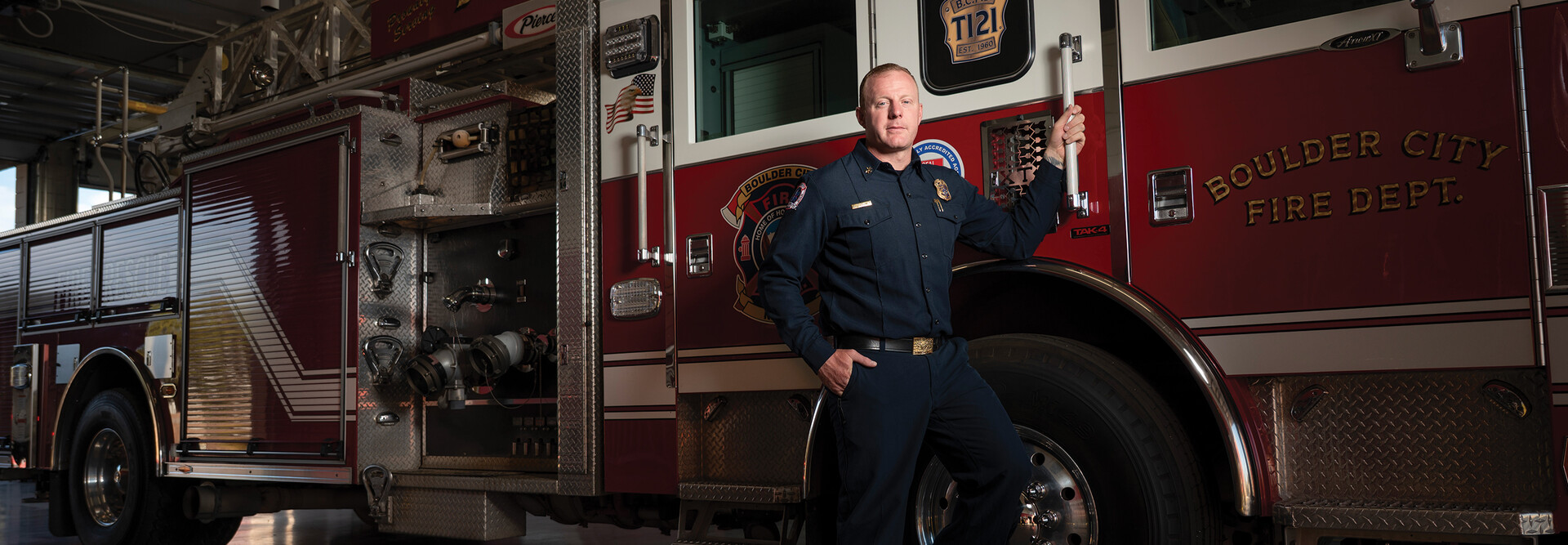Through Teams, for example, Smith was able to coordinate a software data-mapping effort when the dispatch center used by area fire and police departments adopted a new computer-aided dispatch solution.
“I hosted a SharePoint/Teams space for everyone who was involved in that effort,” he recalls. “We were able to collaborate and look at the same information at the same time and communicate — via instant message or a meeting — very quickly and efficiently.”
Today, VRFA occasionally uses the technology to facilitate firefighter training, but most such sessions are hands-on affairs for practicing techniques such as ladder throwing and forcible entries.
Teams, on the other hand, is deployed regularly for normal communications within the department, “and our battalion chief uses it for meetings with station captains as part of the everyday morning routine,” Smith says.
EXPLORE: New Hampshire makes the case to FirstNet for improved broadband.
Where Everything Works and Collaboration Is Easy
Forest fires are one of the top concerns for firefighters in Washington State, and the same is true for many of those working in the Rocky Mountain high country of Colorado. On the Western Slope, about 130 miles from Denver, it’s up to the team at the Eagle County Emergency Operations Center to coordinate and support fire response and other emergency services in the region.
Whether it’s a wildfire, an avalanche, a gas leak or a missing person, “we use the same tools in the EOC for every response,” says Brandon Williams, innovation and strategy manager for Eagle County government. The county’s Department of Emergency Management runs the EOC, and Williams oversees the technologies the department depends on to communicate internally and with responders in the field.
The department is a “Google shop,” Williams says, “where everybody lives in Chat, everybody’s on Gmail, and everybody is in Sheets and Docs and Forms.”
Even so, prior to 2018, they were stuck on a legacy industry-specific workflow system that most staff found painfully cumbersome. “It was so complex that it took three days of three-ring-binder training just to learn your way around it,” he recalls.
SUBSCRIBE: Sign up for the StateTech newsletter for weekly updates.
















